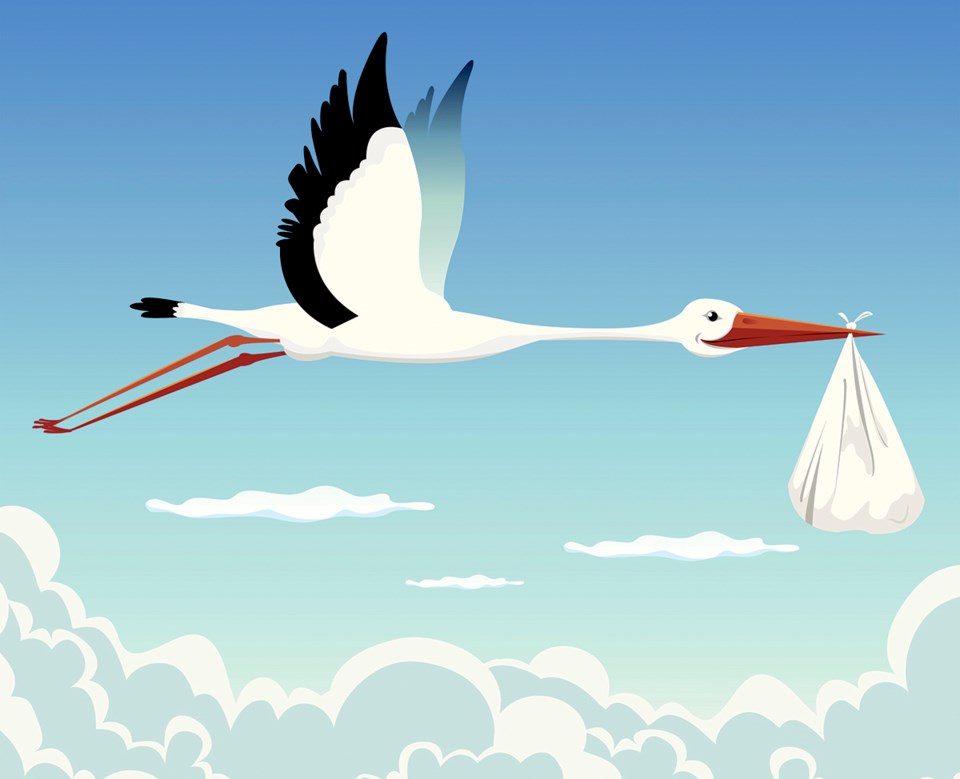 In my family’s new normal during COVID-19, Friday night has become Zoo Night.
In my family’s new normal during COVID-19, Friday night has become Zoo Night.
For several months now, Laurie and I have watched episodes of “Secrets of the Zoo” – back-to-back shows on the Smithsonian Network.
The separate one-hour episodes are filmed at zoos in Tampa, Florida and Columbus, Ohio. One recent episode featured storks, and it reminded me of my childhood.
Just as Santa Claus brought presents at Christmas, I was informed that storks delivered babies. The big, long-legged, large-beaked bird with a baby bundle in its beak was often depicted on greeting cards congratulating families on a new addition.
But as the oldest of 10, I couldn’t help but notice my mother always went to the hospital to collect my brothers and sisters. It seemed the stork didn’t deliver to our house.
North America isn’t the only place the myth has been promulgated. Similar images of a flying bird with a baby in its mouth exist in Europe, Africa and the Middle East.
A 2016 book by Rachel Warren Chadd (Birds: Myth, Lore and Legend) traces the myth’s origins to the ancient Greeks.
Hera was the wife of Zeus and queen of the myriad of Greek gods. Celebrated as the ideal woman, she was goddess of marriage and the family. But Hera also had a vengeful streak.
Jealous of the beautiful Queen Gerana, she stole her child and transformed Gerana into a stork. Gerana returned to rescue her child, and the Greeks portrayed the scene by depicting the transformed queen flying with the baby in her beak.
Historians have also noted that marriages in medieval Europe were most popular around the summer solstice – an event associated with fertility. Some European storks spend the winter in Africa, returning in the spring to deliver their chicks – exactly nine months later.
In the 19th century, a Hans Christian Anderson fable continued the stork-baby association. In the fable, storks pluck dreaming newborns from ponds and lakes and deliver them to deserving families.
Warren Chadd claims prudish Victorians grasped onto the mythology as an alternative to explaining the facts. It was far easier to tell a child that storks deliver babies than wrestle with sex education.
Victorian mores disappeared for good in the 1960s, but Warren Chadd says there’s a good reason the image of storks delivering babies remains to this day:
“People love stories,” she tells us.
As an old storyteller, I say “Amen to that.”
Got an interesting tale? Contact columnist Phil Egan at [email protected]
